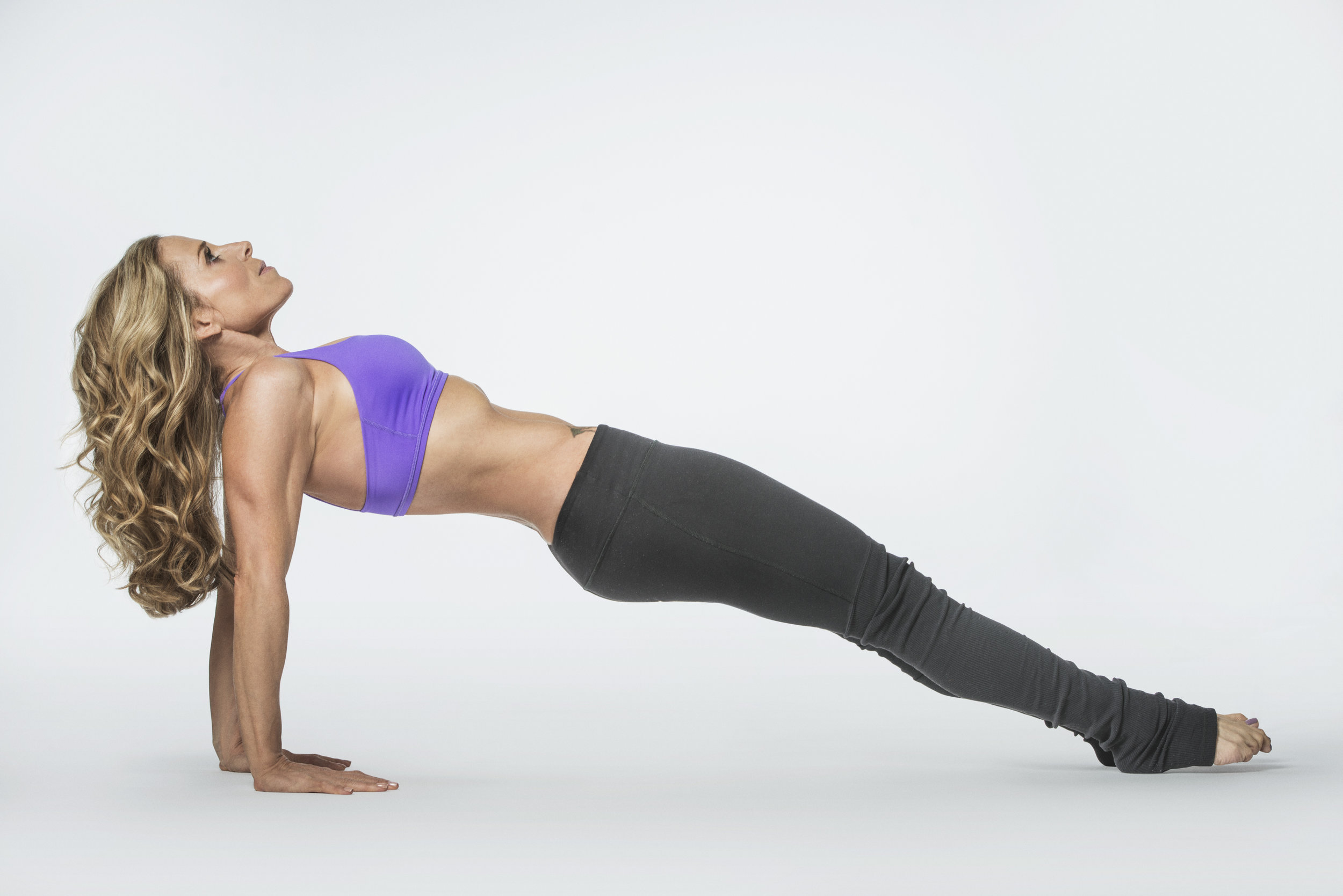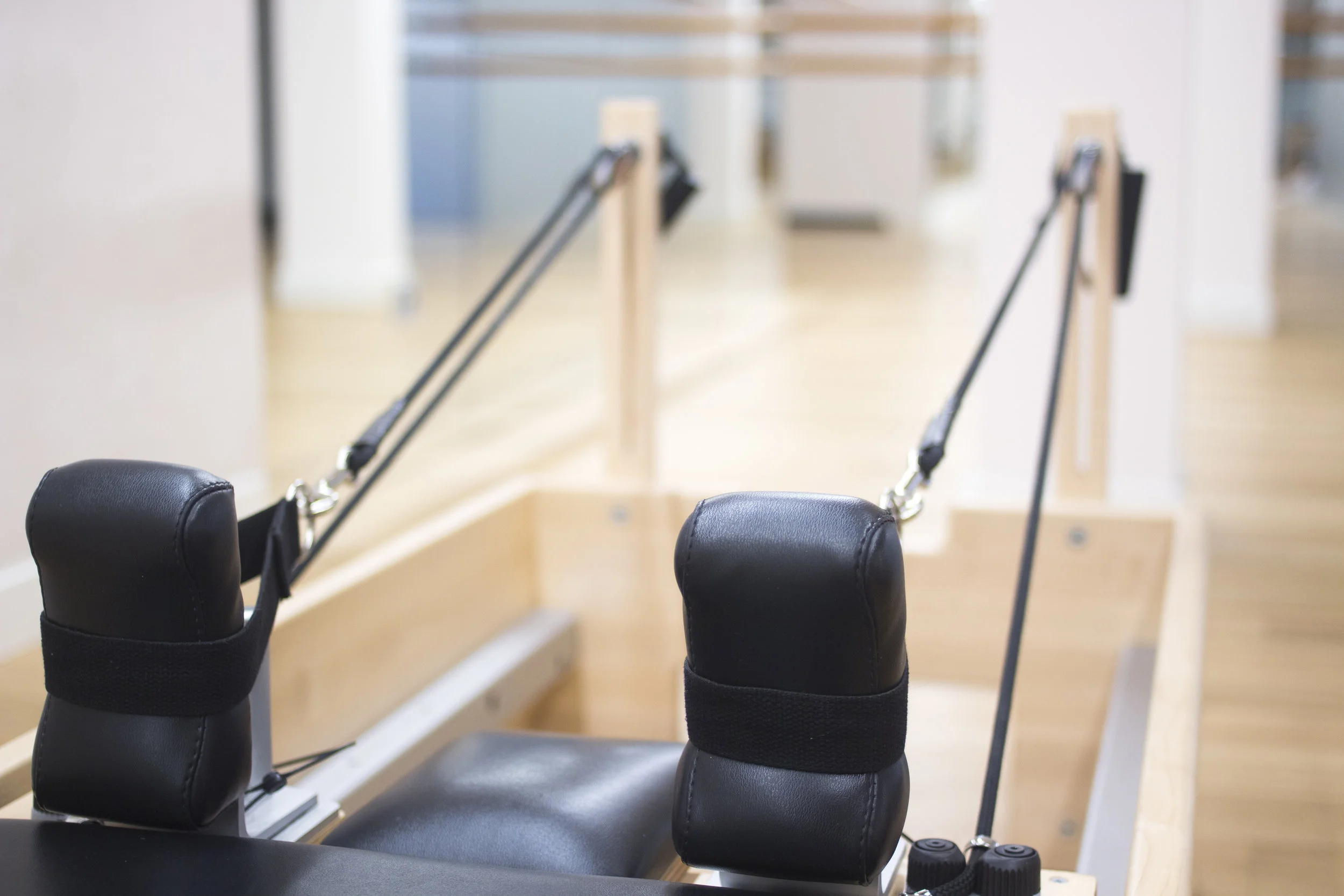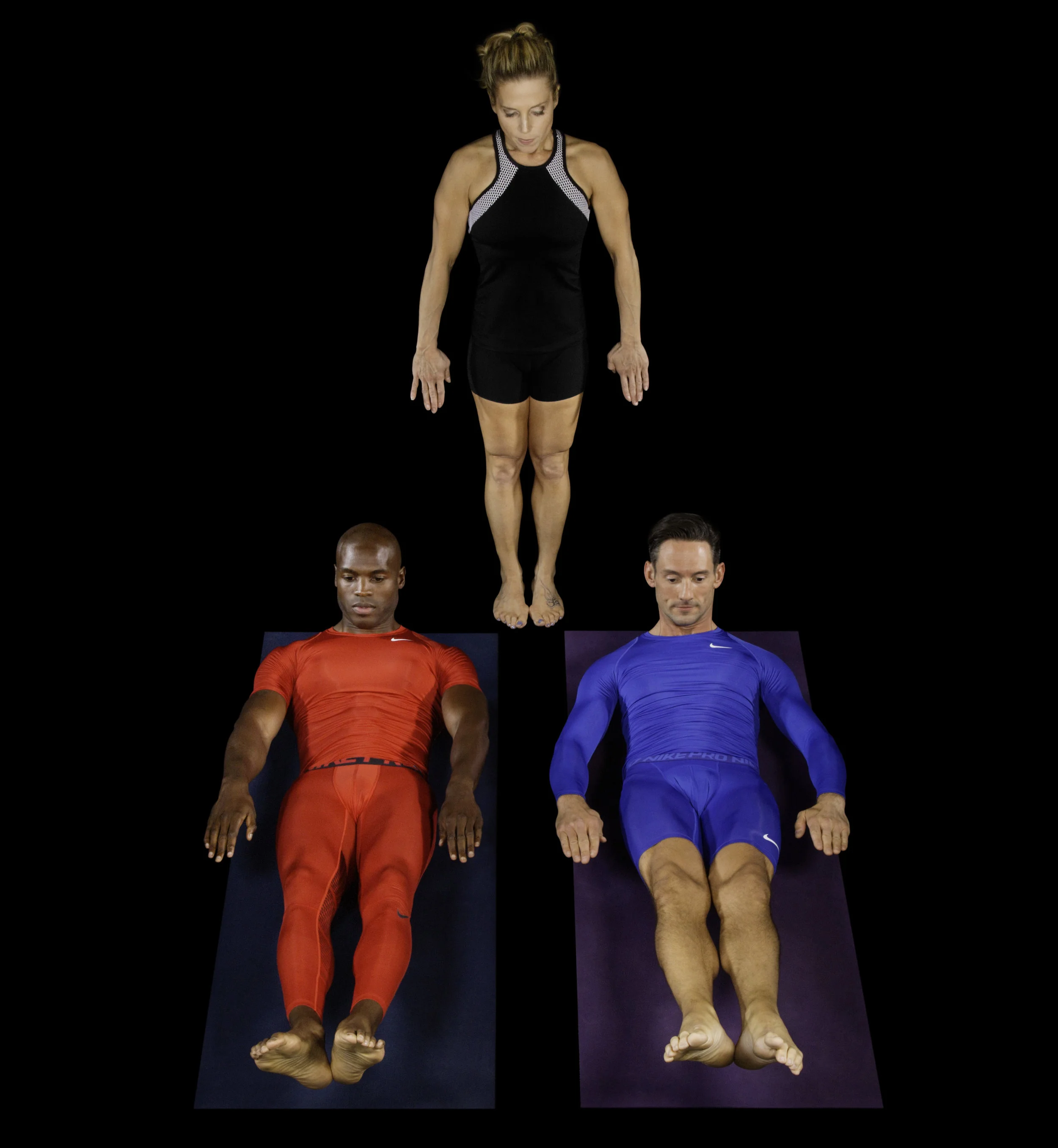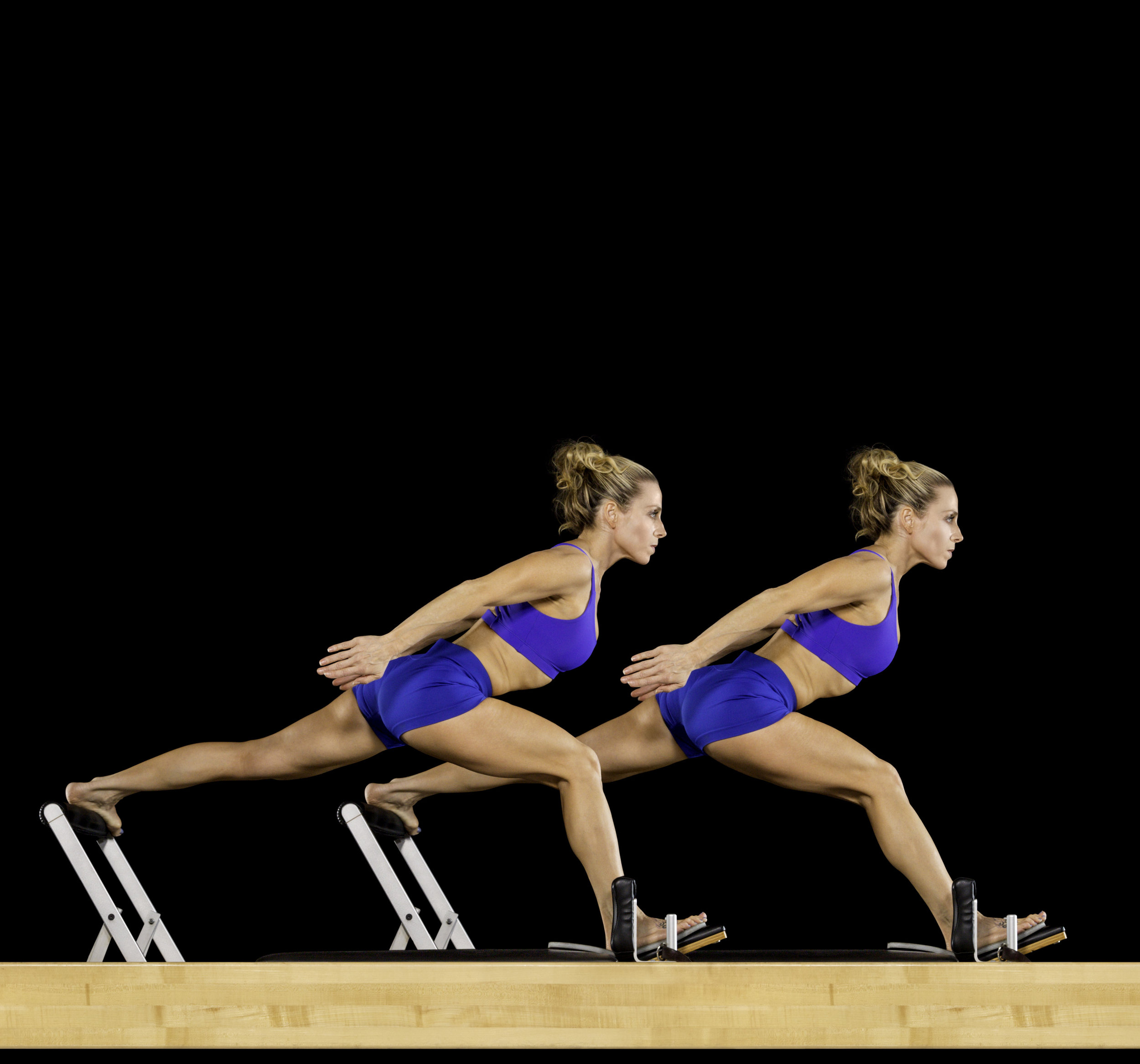What Is Pilates?
Pilates (pronounced “puh-LAH-teez”) is a low-impact, resistance-based fitness system developed by namesake, Joseph Pilates, which utilizes a combination of gravity and body weight to strengthen muscles while improving postural alignment and flexibility. Another way to describe Pilates was best said by Sonja Herbert, Pilates instructor and founder of Black Girl Pilates: "Pilates is a full-body exercise method that will help you do everything better." From years of guiding and watching Pilates students, and from being a life-long practitioner and instructor, I know that when practiced with consistency, Pilates provides enormous life-long benefits that have students feeling and looking their best.
THE PRINCIPLES OF PILATES
For those of us who attest to the benefits of Pilates practice, it is much more than an exercise method – it is a way of life – a way to strengthen the mind-body connection. Pilates recognizes the fusion of the mind and body based on the reawakening of dormant muscle and brain cells. The key to a deeper mind-body connection is found in the six core principles on which Pilates exercises are based: centering, concentration, control, precision, breath, and flow.
These vital principles may sound familiar, but they are much more than “buzzwords." By emphasizing proper breathing, correct spinal and pelvic alignment, and concentrating on smooth, flowing movement, you become acutely in tune with your body. You learn how to bring your focus to the center of your body, how to control its movement, and how to put your muscles through the proper range of motion, all while breathing deeply and moving with fluidity, in order to execute movements with maximum power and efficiency. Quality of movement is valued over quantity. The focus is on precision of movement and technique. Pilates emphasizes alignment, breathing, developing a strong "core" (the muscles of the abdomen, low back, hips, and pelvic floor), and balance and coordination – both muscular and mental. (For more on the core, check out my blog post “De-Mystifying the Core”.)
Image Credit: 1951 LIFE Magazine, "Diva with Muscle" Joseph Pilates & Roberta Peters
THE HISTORY OF PILATES
As a child in Germany, Joseph Pilates suffered from asthma, rickets, and rheumatic fever, and he dedicated his life to improving his physical strength. With over twenty years of self-study in yoga, Zen, martial arts, and ancient Greek and Roman physical regimens, he began to develop his concept of an integrated, comprehensive system of physical exercise. He called this system “Contrology,” meaning “the art and science of control,” intended to strengthen the human body and mind. Joseph Pilates believed that physical and mental health were linked, which is why the Pilates method is known as a mind-body exercise; it is both a physical and mental workout.
While in an internment camp in Britain at the outbreak of WWI, Joseph Pilates used his method as a rehabilitation program for many internees afflicted with disease and physical injury – prisoners-of-war who needed a safe and effective way to regain the fitness lost during captivity. Though most of the exercises in the original Pilates program were performed on a mat on the floor, Joseph began devising a special piece of equipment taking springs from the beds and rigging them to create spring resistance and movement for the bedridden. He referred to this creation as the “apparatus” (later to become known as the Pilates “Reformer”). The equipment was designed to guide a person through proper range of motion during the exercises, until his body was strong enough to perform them on the floor (later to become known as Pilates “matwork”).
Watch original footage of Joseph Pilates conducting a full workout here.
THE WORK OF PILATES
Joseph Pilates believed that the core was the “powerhouse” of the body. In every Pilates session there is focus on core, since it is thought to be the key to a person’s stability. Strength and flexibility, particularly of the abdomen and back muscles, are key components in any effective Pilates program. You can do Pilates exercises with or without equipment (see more on Pilates equipment below). With or without an apparatus, Pilates requires movement to be slow and precise utilizing breath control – a fundamental element to strengthening the mind-body connection. A typical Pilates session is about 45-60 minutes long and should mostly look and feel like a workout when properly demonstrated. An instructor will be cueing you to “pull your navel to your spine," “engage your pelvic floor," and other carefully guided practices.
Due to its low-impact nature, Pilates is accessible to everyone across all walks of life. The Pilates system allows for different exercises to be modified in a range of difficulty from beginner to advanced, in alignment with the instructor’s and student’s specific goals and mindful of any physical limitations. Thus, there is no “plateau” in Pilates practice and it works as a lifelong fitness regimen. With the explosion of Pilates on a global level, it is now commonly found in fitness classes, gyms, physical therapy offices, corporate retreats, luxury spas, and wellness centers. And with the increasing trend towards mindful, moderate health practices, Pilates is also found at the YMCA and local public schools.
Checkout these quality Pilates videos you can do at home.
THE EQUIPMENT FOR PILATES
In many exercise environments today, you may see modern variations of the Pilates Reformer – the most popular and well-known piece of Pilates equipment. The Reformer is a sliding platform with springs at one end that is moved by pulling on ropes or pushing off from a stationary footbar. It actually is not so different from the apparatus of the past. Spring tension, straps to hold the feet or hands, and supports for back, neck, and shoulders are as important now as they were back then. Though the Reformer can be used for advanced fitness routines, it can be a very good tool for helping people who may need alternatives to regular exercise, such as individuals with heart conditions, pregnant women, or people with back, hip, or knee problems. Because of the exceptional and distinct nature of the equipment to both challenge and support the body as it learns to move more efficiently, the unique pieces act as a complete complement to the very challenging Pilates “matwork."
Today, Pilates equipment can generally be grouped into two categories: Small, portable equipment such as the Magic Circle, weights, and resistance bands, and larger equipment including the Pilates Reformer, Pilates chairs, barrels, the Tower, and the Cadillac. The smaller pieces are popular in many studios, gyms, and are ideal for Pilates work in the home. The larger pieces are likely found at a fully functional Pilates studio. Often at group class studios you might see only Reformers. A complete Pilates studio that offers private instruction should incorporate the entire range of equipment.
THE BENEFITS OF PILATES
Practiced consistently, Pilates produces numerous benefits which can dramatically transform the way your body feels, functions, and looks. It strengthens your core, which is your foundation, so that you can move efficiently while improving your posture, flexibility, and mobility. Pilates work builds overall body strength and creates lean muscle tone, improves bone density and joint health, increases lung capacity and circulation, improves posture and balance, and develops control and endurance in the entire body. Pilates work emphasizes lengthening the body versus bulking and shortening the body. Through practicing Pilates you can create a sleek, toned body and a general slimming, especially of the thighs and abdomen. Pilates helps alleviate back pain and aids in injury prevention and rehabilitation. Pilates practice teaches body awareness, correct alignment, and easy, graceful movement, improving agility and economy of motion. And, one of the major benefits of Pilates is its deepening of the mind-body connection, allowing for better focus, clarity, and overall attunement.
While you may engage in other fitness endeavors, Pilates will complement those endeavors because it prepares your body to move better in every way. Adding it to your regular routine will help you lift heavier weights, run faster, swim with better form, or even achieve that elusive handstand in yoga. With systematic practice of specific exercises and focused breathing patterns, Pilates has proven itself invaluable not only as a fitness endeavor, but also as an important adjunct to professional sports training and all kinds of physical rehabilitation. But Pilates is a complement to more than just athletic performance: Pilates benefits function – every physical function you perform in normal life – turning your head, bending over to tie your shoes, carrying your groceries, reaching for a book on a shelf, bending down to talk to a child, moving the sofa across the room, and much more.
Check out some real stories by real people who tell us how Pilates has dramatically changed their lives:
Learn more about Pilates here.





